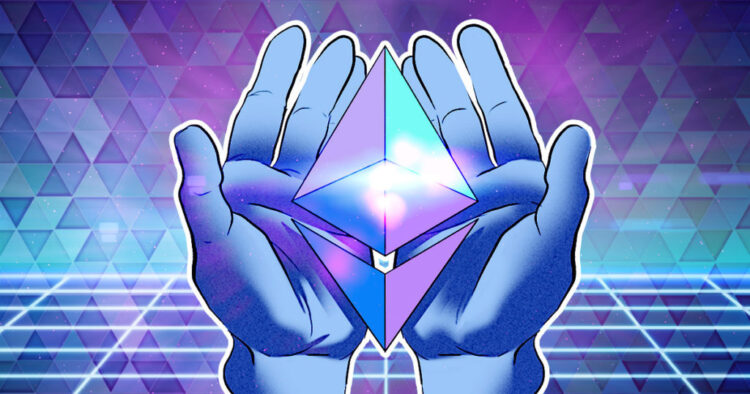Advertisement
On Sunday (August 28), the very popular New Zealand-based cryptocurrency analyst pointed out 5 interesting facts about Ethereum’s upcoming “The Merge” upgrade, which marks the Ethereum network’s transition from Proof of Work (PoW) to Proof Of Stake (PoS).
Lark Davis, a Bitcoin investor, and YouTuber recently shared his opinion on Ethereum’s The Merge event. And here are 5 things that stand out that he mentions:
- The Merge will reduce Ethereum’s energy consumption by about 99.9%
- The event will reduce the creation of new Ethereum coins by 90% annually.
- Transaction fees will not fall immediately but will fall before the end of 2023.
- Ethereum will become deflationary thanks to its permanent combustion mechanism.
- The Merge marks about halfway toward the final version of Ethereum on Ethereum’s roadmap.
#Ethereum merge – 5 facts 📖 pic.twitter.com/17ZjPmubuR
— Lark Davis (@TheCryptoLark) August 28, 2022
In the August 2022 edition of Pantera’s monthly newsletter (called “Pantera Blockchain Letter” Erik Lowe, Head of Content at Pantera Capital first explained why Ethereum’s next major protocol upgrade is called The Merge. He then spoke out about the effects of this event on the issuance and supply of $ETH:
“If you’re wondering why the event is called ‘The Merge,’ it has to do with ‘merging’ the Ethereum Mainnet (execution layer) with the Beacon Chain (consensus layer) that has been running in parallel since December 2020. Ethereum facilitates our DeFi transactions today as the execution layer, running on Proof-of-Work. Beacon chains use Proof-of-Stake. The merger of the two is when Ethereum moves to Proof-of-Stake. So how does this relate to release and supply?”
“Currently, the issuance of new Ethereum is around 14,600 ETH/day, which is a total of 13,000 ETH from mining rewards on mainnet and 1,600 ETH from Staking rewards on Beacon Chain. After ‘The Merge’, there will be no Proof-of-work and therefore no mining reward, leaving only 1,600 ETH/day in the staking reward.”
“A year ago, the London upgrade went live and offered a minimum fee (known as the base fee) for every transaction that was deemed valid. That fee is then burned, resulting in about 1,600 ETH being removed from the Total Supply per day based on an average gas price of 16 gwei, according to the Ethereum website. (One gwei is one billionth of an ETH.)”
“After ‘The Merge’, the Ethereum issuance rate is 1,600 ETH/day as staking reward. Subtracting the amount of ETH in the penalties incurred by validators and eth lost over time, the release of Ethereum becomes negative. Against the backdrop of today’s inflationary environment, Ethereum’s shift towards a potentially deflationary asset is an interesting prospect.”

On August 22, blockchain technology company ConsenSys came up with 5 common misconceptions about The Merge:
- The Merge will create another blockchain, called ETH2.
This event will not create a new blockchain but will make the current ETH network more energy efficient, more secure, and, in the future, more scalable.
-
The merger will create a new ETH token, ETH2.
There are no ETH2 tokens at all. Avoid sending ETH to anyone to upgrade to ETH2.
- ETH trading will cost less after the upgrade.
The Merge event does not target gas fees, it aims to make the network safer and more scalable.
- Validators will be able to immediately withdraw the ETH they staked
It is estimated that validators will be able to retrieve their staked ETH in the 6-12 months following The Merge.
- The Merge will hinder the security of the ETH network.
The event will enhance ETH’s security by democratizing network participation.
















